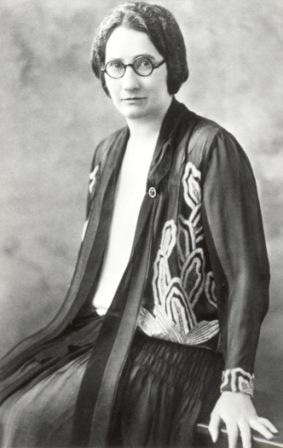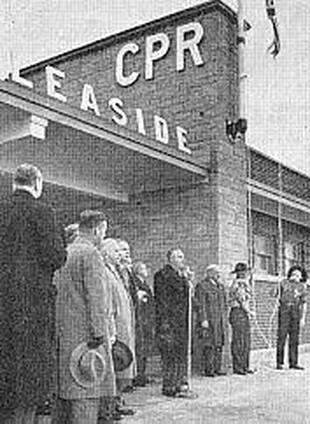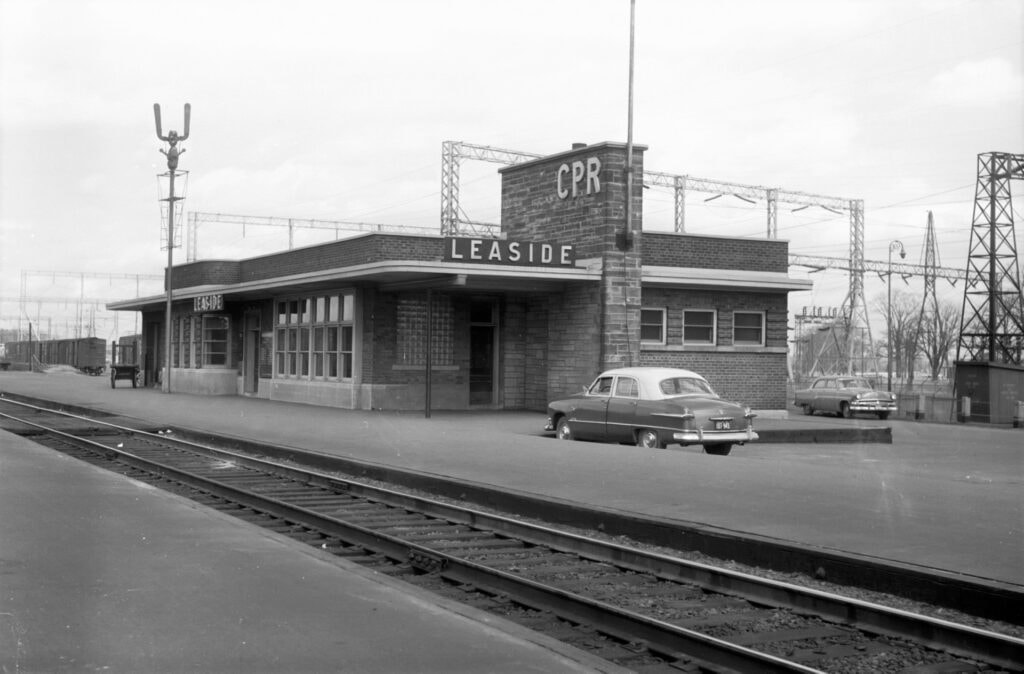LEASIDE 110th ANNIVERSARY
LINK TO RECORDING OF LIVESTREAM HERE https://www.youtube.com/live/ie47S3lHqEw?feature=share
|
LEASIDE 110th ANNIVERSARY MEETING
EVENING OF TUESDAY, MAY 30, 2023 @ 7PM PRESENTERS: JOHN C. LEA, JOHN BECH-HANSON AND PRESENTER MODERATOR LORNA KRAWCHUK PART ONE FEATURES JOHN C. LEA LEASIDE 110th ANNIVERSARY MEETING
EVENING OF TUESDAY, MAY 30, 2023 @ 7PM PRESENTERS: JOHN C. LEA, JOHN BECH-HANSON AND PRESENTER MODERATOR LORNA KRAWCHUK PART TWO FEATURES JOHN BECH-HANSON & LORNA KRAWCHUK |
East York Historical Society is honoured to host the historic Leaside 110th Anniversary
on the evening of Tuesday, May 30, 2023 in the John S. Ridout Auditorium
of the Toronto Public Library (S. Walter Stewart Branch)
170 Memorial Park Ave. and Durant Ave., East York, ON
ALL ARE WELCOME
Celebrating a community design for live-work-play harmony
Doors open from 7 - 9 pm
on the evening of Tuesday, May 30, 2023 in the John S. Ridout Auditorium
of the Toronto Public Library (S. Walter Stewart Branch)
170 Memorial Park Ave. and Durant Ave., East York, ON
ALL ARE WELCOME
Celebrating a community design for live-work-play harmony
Doors open from 7 - 9 pm
|
Agnes Macphail was the first woman elected to Canadian Parliament. During her lifetime, she was a dutiful daughter and sister, a willful teenager, dedicated schoolteacher, and champion for equal rights and fair treatment for everyone.
https://www.greyhighlandspubliclibrary.com/AgnesMacphail/ |
Beth Nealson was the first woman mayor of Leaside, Ontario, elected to the position on December 3, 1962. She served in office for three years, and became known as "Mrs. Leaside". https://en.wikipedia.org/wiki/Beth_Nealson#:~:text=Nealson%20was%20the%20first%20woman,Leaside%22.
https://leasidelife.com/a-vote-to-remember-leaside-elects-its-first-woman-mayor/ |
LEASIDE LIFE MAY 2023 ISSUE

Leaside Life Issue 132 May 2023
https://issuu.com/leasidelifenews/docs/leasidelife_132_may_2023_issuu
Come to the Leaside 110 Panel. Hope to see you May 30th
https://issuu.com/leasidelifenews/docs/leasidelife_132_may_2023_issuu
Come to the Leaside 110 Panel. Hope to see you May 30th
LEASIDE STATION BUILT 1894
https://www.trha.ca/trha/history/stations/leaside-station/
The first station at Leaside was built in 1894 by the Ontario & Quebec Railway, which existed solely on paper as an extension of the Canadian Pacific Railway. The railway was completed through Leaside ten years earlier, but there was no need for a station there until the completion of the Don Branch between Leaside and Toronto in 1893. This 5-mile section through the Don Valley was built to allow Canadian Pacific’s trains to enter Union Station without having to reverse through Parkdale, an unsafe practice due to the abundance of road crossings at the time. Having been built so long after the completion of the line, Leaside’s station did not follow the standard designs used elsewhere on Canadian Pacific and as such appeared to be unique. It was small and likely only contained a waiting room and station master’s office. The freight room was located in a separate structure connected by a shared roof which acted as a canopy to keep the platform sheltered.
Rail traffic on the O&Q increased rapidly in the decades after it was built. An 1898 proposal suggested laying a second track along the entire Canadian Pacific mainline between Montreal and Windsor to ease congestion, though this would only be partially achieved. The Don Branch was single track and required an Electric Staff Block system between Leaside and Don Station to prevent opposing trains from colliding with one another. This required an Electric Staff machine to be placed in both stations until the implementation of Centralized Traffic Control in the 1960’s. Leaside Yard began to grow around the station in the early 20th Century, mostly for interchange with a connection to Canadian National located about two kilometers to the east. Leaside Station suffered a devastating fire in 1945 that rendered the building unsalvageable. A larger replacement was complete in November 1946, a modern single-storey building with some elements of art deco in its design. It was one of several similar modern stations built by Canadian Pacific during the postwar era across their system.
The popularization of automobiles began to affect ridership at the new Leaside station within a few years of its completion. Service was gradually reduced until only the Budd cars between Toronto and Havelock stopped at it. The station was closed to passengers in 1975, but was readapted by Canadian Pacific into the Village Station Restaurant. It was to be the first of a planned series of railway-themed restaurants operated by Canadian Pacific’s Hotels Division. The station building was heavily remodeled and a number of historic passenger cars were moved to the property and incorporated into the décor. Unfortunately, the restaurant wasn’t profitable and it closed after eight years of operation in 1983. The building changed hands a number of times, even becoming a CP Police headquarters for a time, but it was ultimately abandoned. The structure was torn down in September 2022 to make way for construction of the Ontario Line subway.
The first station at Leaside was built in 1894 by the Ontario & Quebec Railway, which existed solely on paper as an extension of the Canadian Pacific Railway. The railway was completed through Leaside ten years earlier, but there was no need for a station there until the completion of the Don Branch between Leaside and Toronto in 1893. This 5-mile section through the Don Valley was built to allow Canadian Pacific’s trains to enter Union Station without having to reverse through Parkdale, an unsafe practice due to the abundance of road crossings at the time. Having been built so long after the completion of the line, Leaside’s station did not follow the standard designs used elsewhere on Canadian Pacific and as such appeared to be unique. It was small and likely only contained a waiting room and station master’s office. The freight room was located in a separate structure connected by a shared roof which acted as a canopy to keep the platform sheltered.
Rail traffic on the O&Q increased rapidly in the decades after it was built. An 1898 proposal suggested laying a second track along the entire Canadian Pacific mainline between Montreal and Windsor to ease congestion, though this would only be partially achieved. The Don Branch was single track and required an Electric Staff Block system between Leaside and Don Station to prevent opposing trains from colliding with one another. This required an Electric Staff machine to be placed in both stations until the implementation of Centralized Traffic Control in the 1960’s. Leaside Yard began to grow around the station in the early 20th Century, mostly for interchange with a connection to Canadian National located about two kilometers to the east. Leaside Station suffered a devastating fire in 1945 that rendered the building unsalvageable. A larger replacement was complete in November 1946, a modern single-storey building with some elements of art deco in its design. It was one of several similar modern stations built by Canadian Pacific during the postwar era across their system.
The popularization of automobiles began to affect ridership at the new Leaside station within a few years of its completion. Service was gradually reduced until only the Budd cars between Toronto and Havelock stopped at it. The station was closed to passengers in 1975, but was readapted by Canadian Pacific into the Village Station Restaurant. It was to be the first of a planned series of railway-themed restaurants operated by Canadian Pacific’s Hotels Division. The station building was heavily remodeled and a number of historic passenger cars were moved to the property and incorporated into the décor. Unfortunately, the restaurant wasn’t profitable and it closed after eight years of operation in 1983. The building changed hands a number of times, even becoming a CP Police headquarters for a time, but it was ultimately abandoned. The structure was torn down in September 2022 to make way for construction of the Ontario Line subway.





